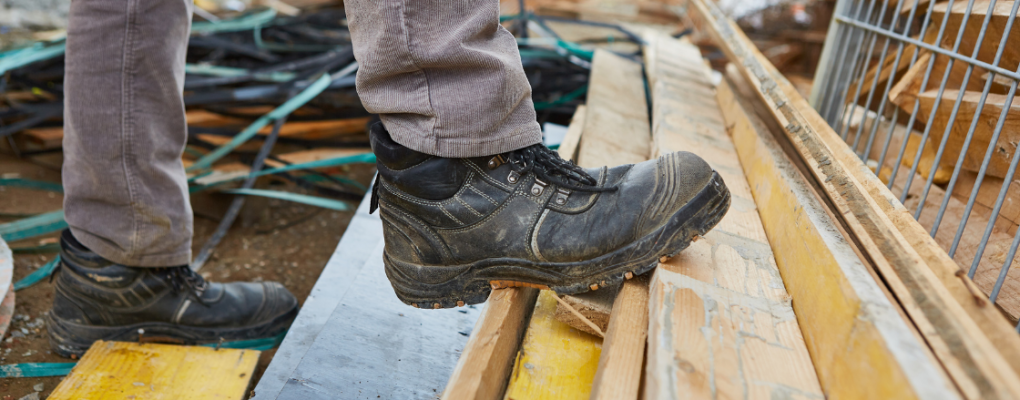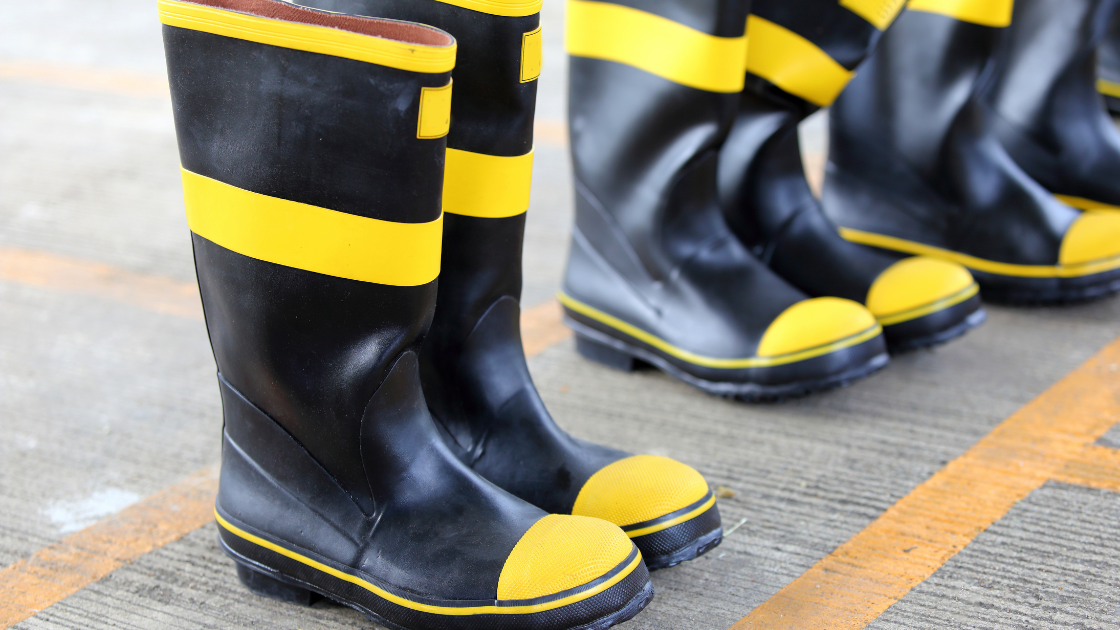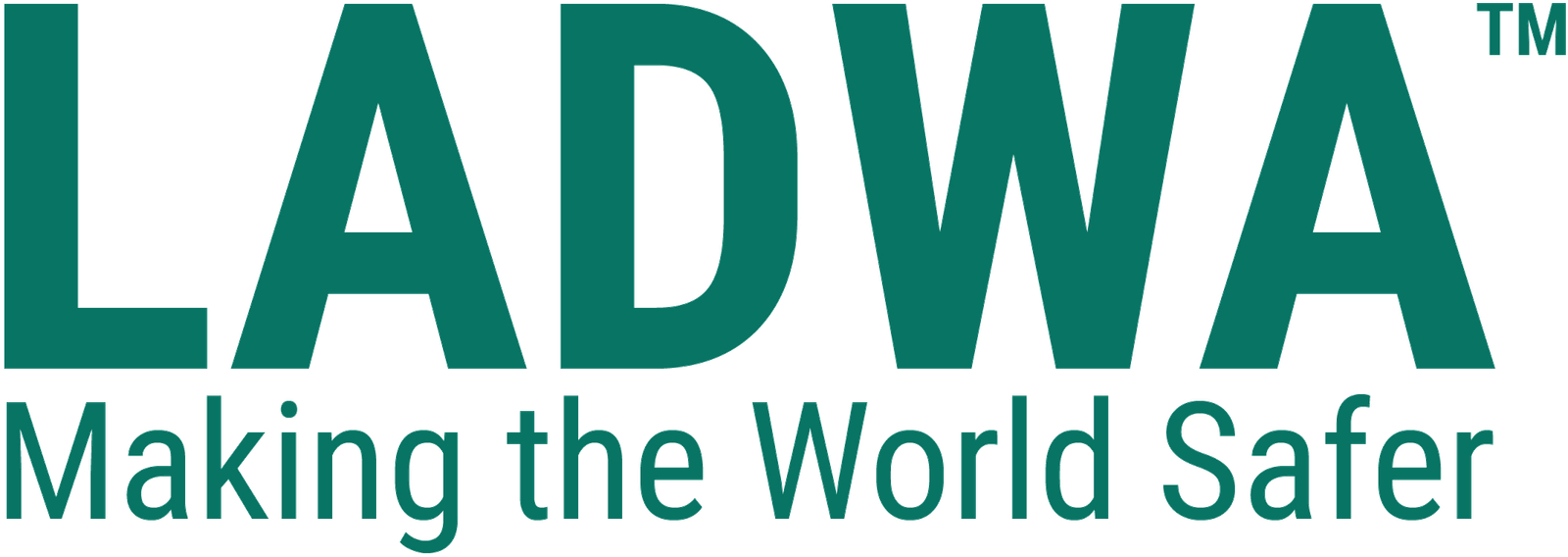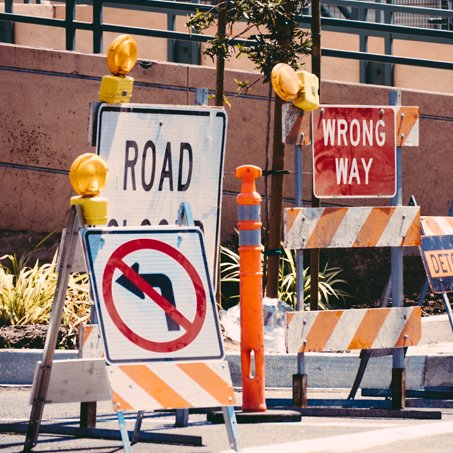Top 10 Reasons To Wear Safety Shoes
There are countless reasons why it is important to wear safety shoes every day. From protecting your feet from injury to preventing slips and falls, safety shoes are essential for any worker or homeowner. In this blog post, we will discuss the top 10 reasons why you should wear safety shoes every day and provide tips on how to get started. From choosing the right type of safety shoes to wearing them properly, we have everything you need to start wearing safety shoes every day. So read on to learn more about the benefits of wearing safety shoes and how they can protect you from injury.
Certainly! Here are More Detailed Explanations of The Top 10 Reasons to Wear Safety Shoes:
- Protecting your toes: Safety shoes have reinforced toe caps that provide protection against heavy objects, falling tools or equipment. This is especially important in industrial and construction settings where heavy items are moved or handled frequently. Toe injuries can result in broken bones, fractures, or even amputations.
- Preventing slips and falls: Safety shoes are designed with slip-resistant soles that can reduce the risk of slips, trips, and falls. Slip-resistant soles are especially important on wet, greasy, or slippery surfaces, where the risk of falling is increased. Wearing slip-resistant shoes can help reduce the likelihood of work-related injuries caused by slips and falls.
- Reducing foot fatigue: Comfortable safety shoes with proper arch support, cushioning, and shock absorption can reduce foot fatigue and improve comfort during long work hours. Wearing shoes that provide proper support can also reduce the risk of developing foot problems such as plantar fasciitis, heel spurs, or flat feet.
- Meeting safety standards: Many industries require employees to wear safety shoes to meet safety standards and regulations. This is especially true in construction, manufacturing, and industrial settings where workers are exposed to hazards such as falling objects, sharp materials, or electrical hazards.
- Avoiding electrical hazards: Some safety shoes are designed with non-conductive materials that help prevent electrical hazards. In environments where electrical hazards are present, wearing non-conductive safety shoes can help reduce the risk of electrical shocks, burns, or electrocution.
- Reducing the risk of puncture wounds: Safety shoes can protect against puncture wounds from sharp objects such as nails, screws, or broken glass. Wearing shoes with puncture-resistant soles can reduce the likelihood of foot injuries caused by stepping on sharp objects.
- Improving foot health: Wearing safety shoes can improve foot health by reducing the risk of foot injuries and conditions. Foot injuries can cause long-term foot damage and lead to chronic pain or disability. Wearing safety shoes that provide proper support, cushioning, and protection can help reduce the risk of foot injuries and improve overall foot health.
- Increasing productivity: Comfortable safety shoes can help workers focus on their job and increase productivity. Workers who are distracted or uncomfortable are more likely to take breaks, reducing productivity. Wearing shoes that are comfortable and provide proper support can help workers stay focused and productive.
- Supporting proper posture: Safety shoes with proper arch support can help improve posture and reduce strain on the feet, legs, and lower back. Improper posture can cause pain, discomfort, and long-term damage to the body. Wearing safety shoes that provide proper support can help reduce the risk of developing posture-related problems.
- Saving money: Investing in a good pair of safety shoes can save money in the long run. Work-related injuries can result in medical expenses, lost productivity, and legal fees. Wearing safety shoes that provide proper protection can reduce the likelihood of work-related injuries, which can ultimately save money for the employer and the employee.

Important Features of Safety Shoes
When choosing safety shoes, there are several important features to consider. Here are some of the most important features of safety shoes:
- Toe protection: Toe protection is a key feature of safety shoes. Most safety shoes have reinforced toe caps made of steel, aluminum, or composite materials that provide protection against falling objects or impacts. Toe protection can prevent serious injuries and even save lives in hazardous work environments.
- Slip resistance: Many workplaces have slippery or wet surfaces, which can increase the risk of slips and falls. Slip-resistant soles are an essential feature of safety shoes, as they can help reduce the likelihood of accidents and injuries. Slip-resistant soles are often made of rubber or other materials that provide traction and grip.
- Puncture resistance: Safety shoes with puncture-resistant soles can protect against sharp objects such as nails, screws, or broken glass. Puncture-resistant soles are typically made of materials such as Kevlar or steel that prevent sharp objects from penetrating the shoe.
- Electrical hazard protection: Some workplaces have electrical hazards, such as live wires or electrical equipment. Safety shoes with non-conductive soles can prevent electrical currents from passing through the shoe and into the wearer’s body, reducing the risk of electrocution.
- Comfort: Safety shoes should be comfortable to wear, especially for workers who are on their feet for long periods of time. Features such as cushioning, shock absorption, and arch support can help reduce foot fatigue and discomfort.
- Durability: Safety shoes should be durable enough to withstand the wear and tear of daily use. Look for shoes made with high-quality materials that are designed to last, even in harsh environments.
- Fit: Safety shoes should fit properly to provide the necessary protection and support. Look for shoes that fit snugly but are not too tight. Shoes that are too loose can cause blisters and other foot problems, while shoes that are too tight can be uncomfortable and cause pain.
- Weight: Safety shoes should be lightweight enough to be comfortable, but heavy enough to provide the necessary protection. Heavy shoes can be tiring to wear all day, while shoes that are too light may not provide sufficient protection.
- Breathability: Safety shoes should be breathable to prevent foot odor and keep feet dry. Look for shoes made with breathable materials such as mesh or leather that allow air to circulate.
- Style: Safety shoes come in a variety of styles, including athletic, dress, and casual. Choose a style that is appropriate for your workplace and job duties.
Guidelines, Specifications, Standards and Certifications Required for Safety Shoes
Guidelines, specifications, standards, and certifications are important considerations when choosing safety shoes. Here’s a brief overview of each:
- Guidelines: Guidelines are recommendations or best practices that provide general advice on how to choose and use safety shoes. Guidelines may be developed by organizations or regulatory bodies and can vary based on industry and job duties.
- Specifications: Specifications are detailed descriptions of the features, materials, and design of safety shoes. Specifications may be provided by manufacturers, industry associations, or regulatory bodies to ensure that safety shoes meet minimum requirements for safety and performance.
- Standards: Standards are established guidelines for safety shoes that provide specific requirements for design, testing, and performance. Standards are often developed by industry organizations, regulatory bodies, or government agencies, and are designed to ensure that safety shoes meet minimum safety requirements. Some examples of safety shoe standards include ANSI Z41, ASTM F2412, and CSA Z195.
- Certifications: Certifications are independent evaluations of safety shoes to ensure that they meet specific safety standards or performance requirements. Certifications may be provided by third-party organizations or regulatory bodies and can vary based on industry and job duties. Some examples of safety shoe certifications include the CE mark (Europe), CSA certification (Canada), and ASTM certification (USA).
When selecting safety shoes, it’s important to consider the guidelines, specifications, standards, and certifications that are relevant to your job duties and industry. This can help ensure that you choose safety shoes that meet minimum safety requirements and provide the necessary protection and performance for your workplace.

Certifications Required for Safety Shoes
Certifications are an important consideration when choosing safety shoes. Here are some of the certifications that may be required or recommended for safety shoes:
- CE Mark: The CE mark is a mandatory certification in the European Union that indicates that safety shoes meet specific safety requirements. The CE mark is required for all personal protective equipment (PPE), including safety shoes, that are sold within the European Union.
- ASTM F2413: ASTM F2413 is a standard developed by the American Society for Testing and Materials (ASTM) that provides minimum requirements for the design, testing, and performance of safety shoes. Safety shoes that comply with ASTM F2413 must meet minimum requirements for impact resistance, compression resistance, and metatarsal protection.
- CSA Z195: CSA Z195 is a standard developed by the Canadian Standards Association (CSA) that provides minimum requirements for the design, testing, and performance of safety shoes. Safety shoes that comply with CSA Z195 must meet minimum requirements for impact resistance, compression resistance, and metatarsal protection.
- ANSI Z41: ANSI Z41 is a standard developed by the American National Standards Institute (ANSI) that provides minimum requirements for the design, testing, and performance of safety shoes. The ANSI Z41 standard has been replaced by ASTM F2413, but some workplaces may still require safety shoes that comply with ANSI Z41.
- OSHA: The Occupational Safety and Health Administration (OSHA) is a regulatory body in the United States that provides guidelines and requirements for workplace safety. OSHA may require specific certifications or standards for safety shoes in certain industries or job duties.
It’s important to check with your employer or regulatory body to determine which certifications or standards are required or recommended for safety shoes in your workplace. Choosing safety shoes that meet the relevant certifications and standards can help ensure that you have the necessary protection and performance for your job duties.
Conclusion
In conclusion, safety shoes are an important part of personal protective equipment (PPE) that can help prevent workplace injuries and accidents. When choosing safety shoes, it’s important to consider important features such as slip resistance, impact resistance, and electrical hazard protection. Additionally, guidelines, specifications, standards, and certifications can help ensure that safety shoes meet minimum safety requirements and provide the necessary protection and performance for your workplace. It’s important to check with your employer or regulatory body to determine which certifications or standards are required or recommended for safety shoes in your workplace. By selecting the appropriate safety shoes, you can help protect yourself from workplace hazards and stay safe on the job.








